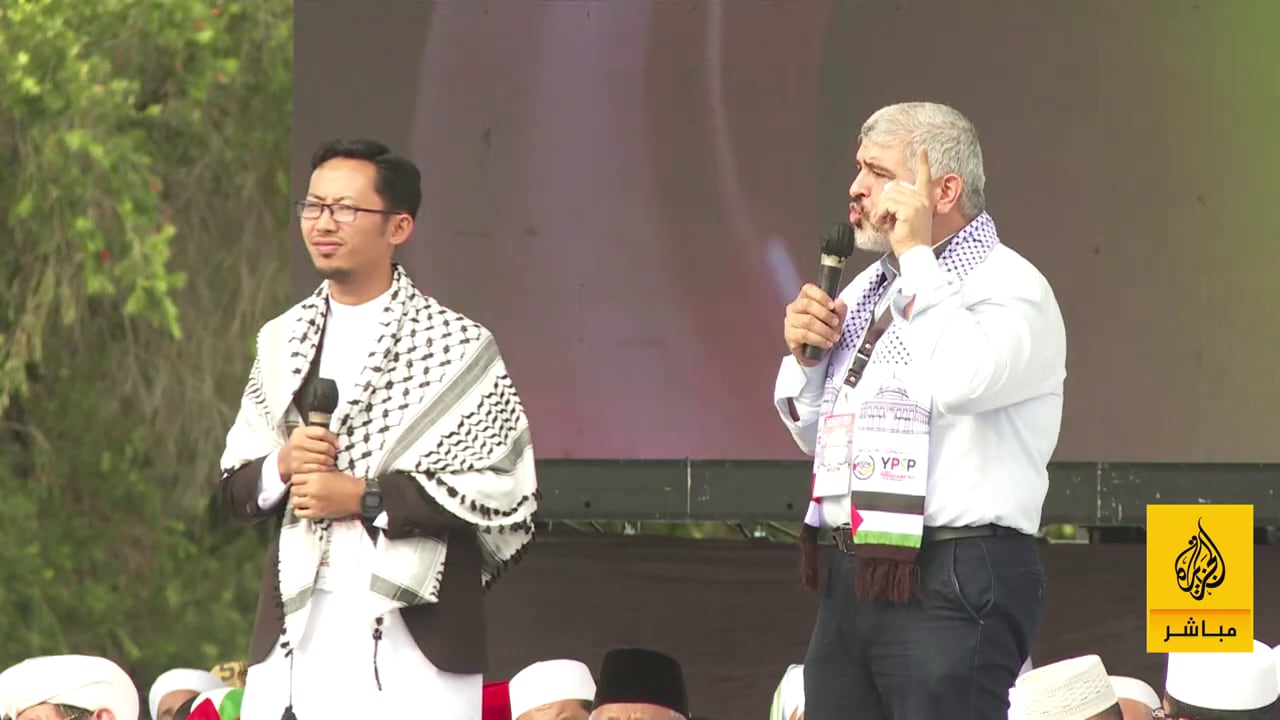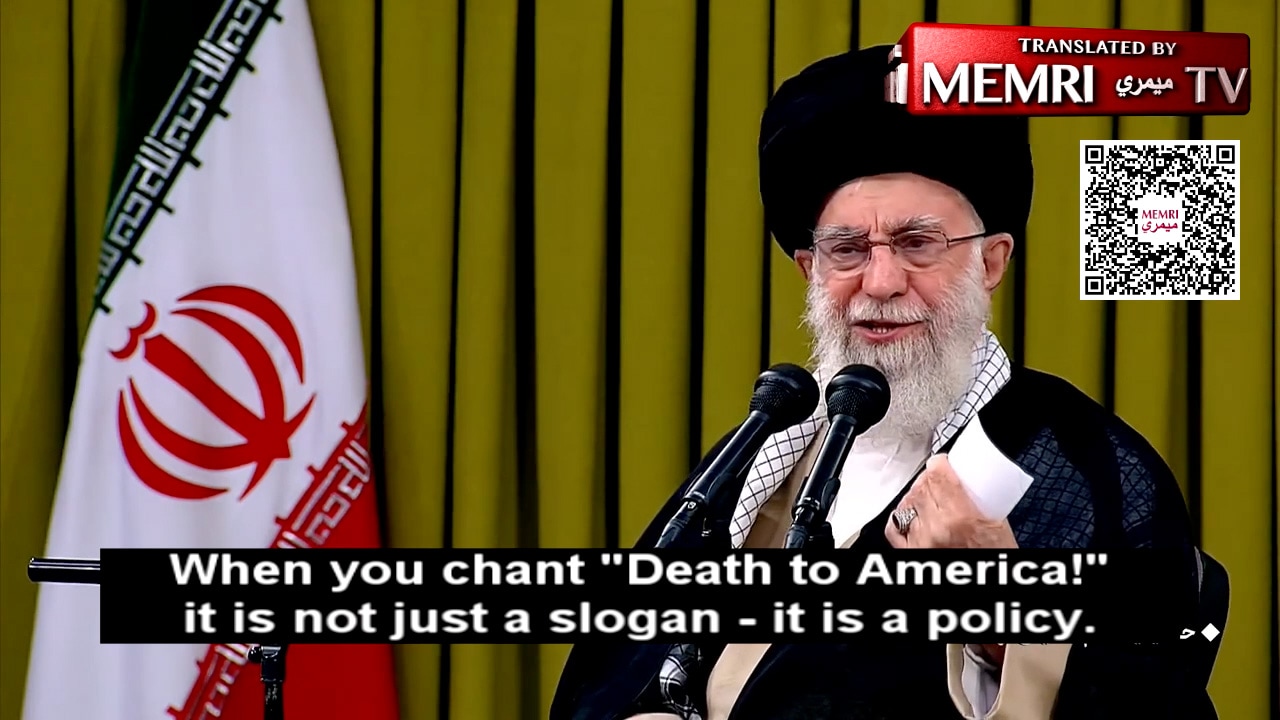
Behrouz Kamalvandi, the spokesman of the Atomic Energy Organization of Iran, said in a September 7, 2019 interview on IRINN TV (Iran) that a plan has been presented to the Supreme National Security Council for Iran to have centrifuges that will be able to produce between 272,000 and 1 million separative work units (SU) of centrifuges when the JCPOA expires in 2030. Kamalvandi said that this plan would not rely on IR1 centrifuges, which he said are going to be retired and replaced with newer IR2M and IR4 centrifuges. He explained that the JCPOA would enable Iran to use new centrifuges starting in 2025, but that, as part of the third stage in its reduction of commitment to the nuclear deal, Iran has started reactivating centrifuge chains that the JCPOA had required it to deactivate. Kamalvandi said that it would cost roughly a billion dollars to build new enrichment structures in the Natanz enrichment facility, and that it is therefore better to install advanced centrifuges with a capacity of 10 SU. In addition, Kamalvandi said that Iran has begun experiments that involve injecting gas into IR6 centrifuges, even though the JCPOA stipulates that Iran would only be allowed to do this in November. He added that experimental stages with new centrifuges increase Iran's stockpile of enriched uranium.
Following are excerpts:
Behrouz Kamalvandi: What we planned along with [AEOI Chief] Salehi for the Supreme National Security Council… Since the Leader wanted the Security Council to confirm that in the end of 15 years [when the JCPOA expires], a minimum of 190,000 SU [centrifuges] will be feasible. We presented a plan with a minimum of 272,000 SU, and it can even reach one million SU. We saw 272,000 SU as a certainty, but at this level, we will not rely on IR1 [centrifuge] machines. The IR1 machines have served us well and provided us with much knowledge and experience. However, their life has almost ended. The prediction that was made with the JCPOA is that we would, in stages, have new machines starting in the tenth year. Regarding new machines, we have the IR2M and the IR4. One of the actions that we are taking in the framework of the third stage [to reduce our nuclear commitments] is beginning to use a chain of centrifuges that we had stopped using. It is true that we have finished researching it, but continuing this research is to our benefit.
[…]
[At the time,] we agreed for these centrifuge chains to stop working. We are now in the process of re-activating these chains. Each one has 164 centrifuges. [There is atotal of] 328 centrifuges, with a capacity of approximately 5 SU… This is equal to 1500 IR1 centrifuges.
Interviewer: This means that with the new generation of centrifuges with 10-SU capacity, only 19,000 centrifuges would be needed, instead of 190,000.
Behrouz Kamalvandi: Exactly. In other words, let's say… If we want to use IR1 machines, the capacity of Natanz is 40,000 to 50,000 centrifuges. But if we bring, say, 50,000 new machines, we will be able to produce [what equals] half a million SU [in IR1 machines] in Natanz alone. If we build such a structure in Natanz, it would cost roughly a billion dollars. Therefore, it wouldn't pay off the build such a structure with less-capable machines.
[…]
We have injected gas into ten IR6 machines. According to the JCPOA, we were supposed to inject gas into 20 machines in November, but we already started with this yesterday. We were supposed to inject gas into 30 machines 8.5 years after [signing the JCPOA], but we have three chains: one of ten machines, one of 20 machines, and one of 30 machines. They will start working in less than two months.
[…]
When the [chains] are in experimental stages, they still produce [enriched uranium], so this process in and of itself will increase our stockpile. I already said this. Starting approximately next month, our stockpiles will grow quickly and exponentially.

















